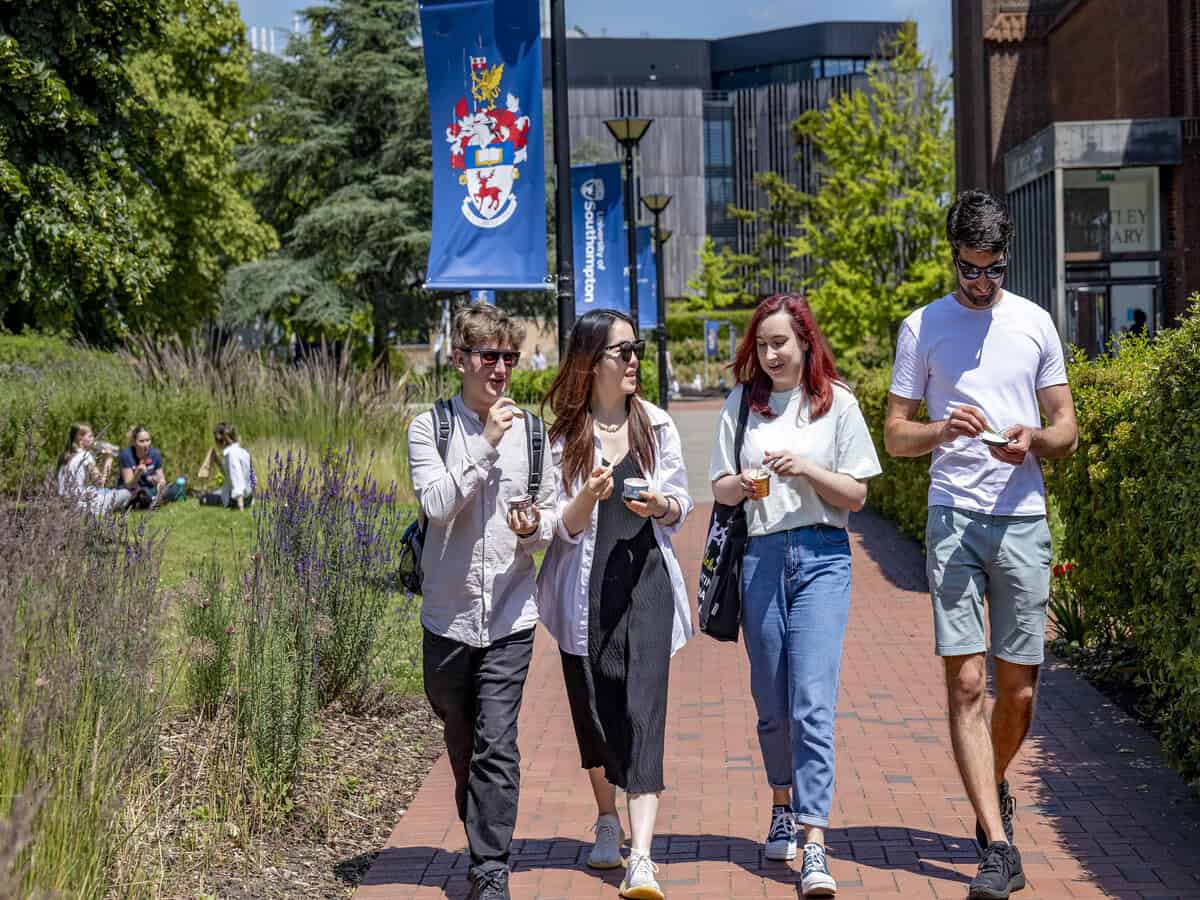
New Delhi: The UK’s Southampton University plans to offer 30 courses and enrol more than 5,000 students in the next eight years at its offshore campus in India, the first ever in the country by a foreign university, according to top officials.
Elaborating on the university’s agenda in an interview with PTI, Andrew Atherton, Vice President International and Engagement, said the operations of the campus coming up in the Delhi-National Capital Region will begin next year.
The fees at the Indian campus are likely to be around 60 per cent of the tuition fees at the Southampton campus but the admission requirements will be the same, he said.
The renowned university was granted a Letter of Intent earlier this week by the Indian government to set up its campus in the country.
While Australia’s Deakin University and the University of Wollongong have already set up campuses in GIFT City in Gujarat, the University of Southampton will be the first foreign university to set up an India campus under the UGC norms.
“The aim is to grow up to 5,500 students in the first eight to 10 years. So the first year will start small. We will start with six courses, including four undergraduate and two postgraduate programmes. The four UG programmes will be in computing with a focus on AI and data science and also in business with a focus on entrepreneurship. The postgraduate programs will be in computing as well as technology,” Atherton said.
“And then over each year, we will introduce between two and four new programmes so that we will build up to over 30 different programmes, about 20 undergraduate and 12 postgraduate taught programmes.
“So we expect it to be a mainly undergraduate campus because the majority of the demand at the moment in India we believe is for undergraduate programmes and then that gives students the opportunity to go overseas for postgraduate master’s study as well,” he added.
Atherton said the plan is to grow from six courses in the first year, which the university aims to launch in August 2025, to over 30 courses by the eighth year.
Elaborating on the plans, Atherton said the tuition fees would be more India-specific and not as high as the Southampton campus.
“The fees will be around 60 per cent or so of the fee students have to pay to come to Southampton. So it will be a lower fee to study for a University of Southampton degree in India at our campus than it would be to go overseas because we believe there is a large segment of families and students who would like an international degree and would invest but at a price point that works in India itself.
“….. that will make it more affordable but it would still be a premium fee in India. It will be set at a rate that works in India. In terms of entry requirements, we effectively would benchmark our entry requirements in India to the level of entry requirement that we accept in the UK,” he said.
At present, the university has six closely connected campuses in the city of Southampton, one in the nearby city of Winchester and one in the Malaysian city of Iskandar Puteri. Over 700 Indian students are at present enrolled in different courses at the UK campus.
Asked about the faculty recruitment plans, Atherton said the university wants a diverse faculty and is already encouraging its staff in the UK to see if they want to be seconded to the campus and have that as part of their career development.
“We will recruit internationally, so all the faculty positions in India will be advertised on our UK website as well as on international websites for academic appointments. For equality, we will also be advertising in India. We would want a mix and some local appointments to allow that opportunity but also because some of those faculty have local understanding,” he added.
The Indian campus will be open to international students as well.
“There might be some international students who would be interested in the India campus rather than the UK because of geographical proximity. You can see some countries within two- to three-hour flights from India where there are strong Indian populations or local populations who are interested in a Southampton degree. So we believe it will become a regional hub.
“We also believe the majority of the students will be Indian because the scale of demand and quality of students in India is huge. At the moment, although there is expansion in the higher education sector, the expansion of seats is nowhere near as high as the growth in demand for additional seats in universities,” he said.
“So we see the domestic Indian market in terms of students growing very rapidly and so certainly, for the first five years, we are expecting most of the students to be Indian,” Atherton added.



